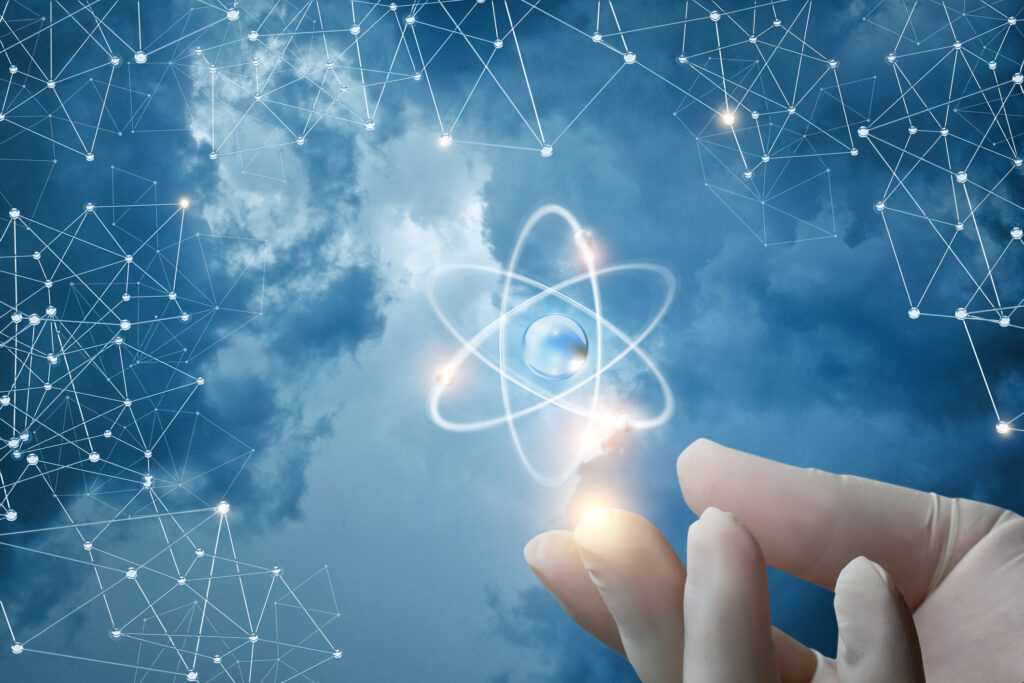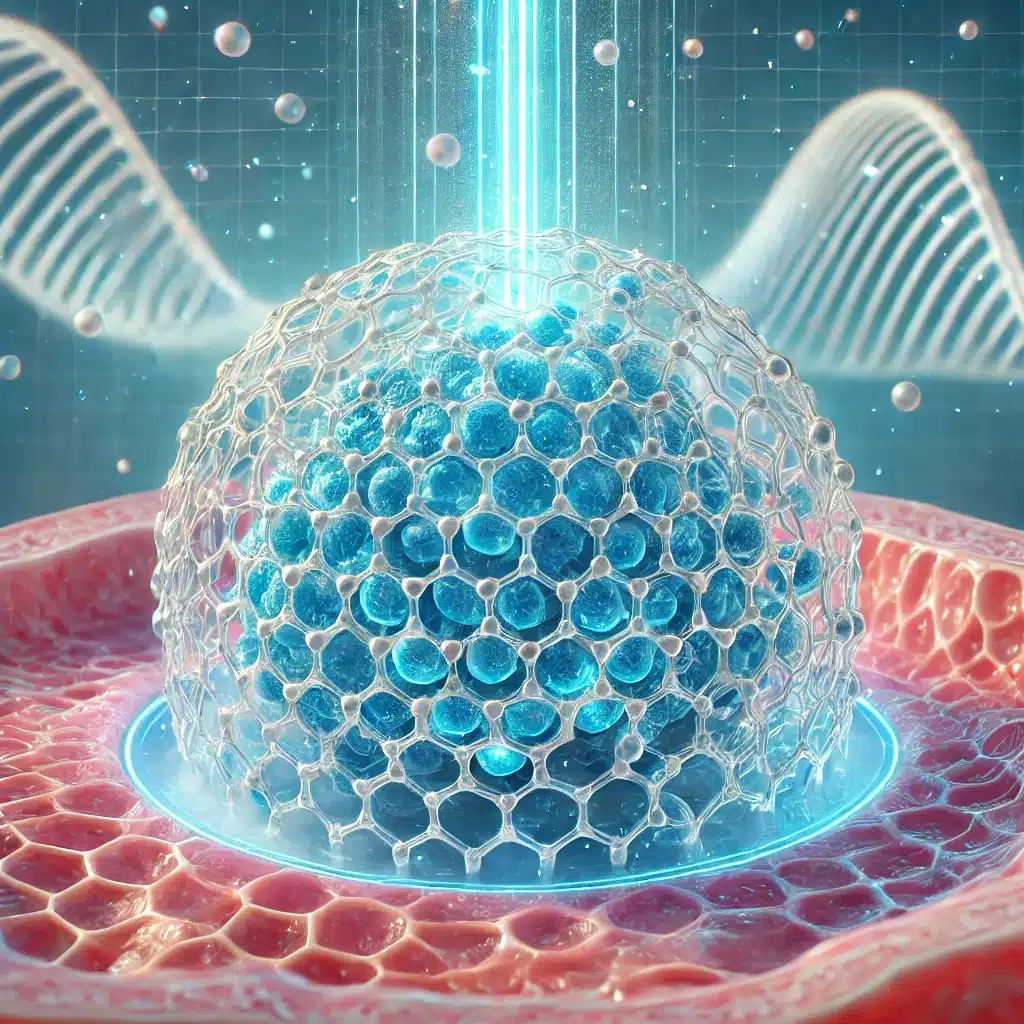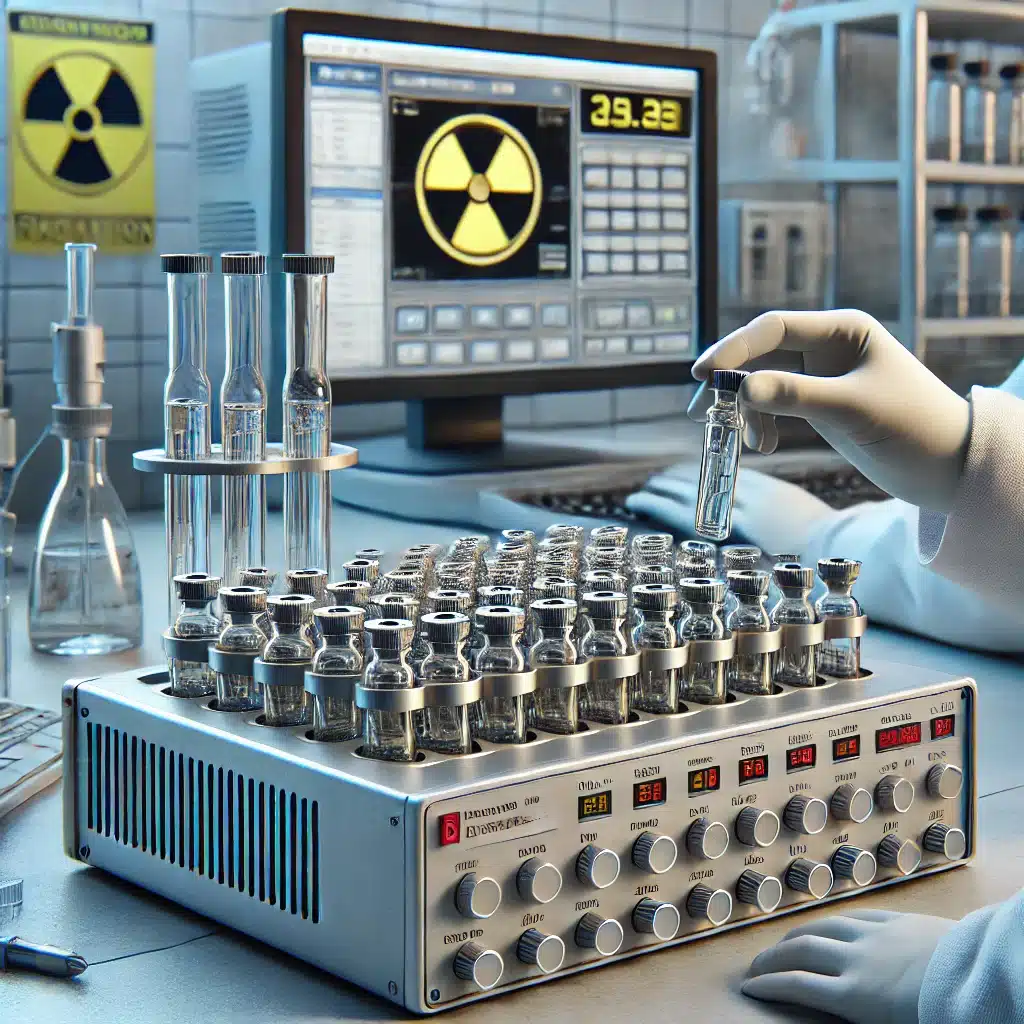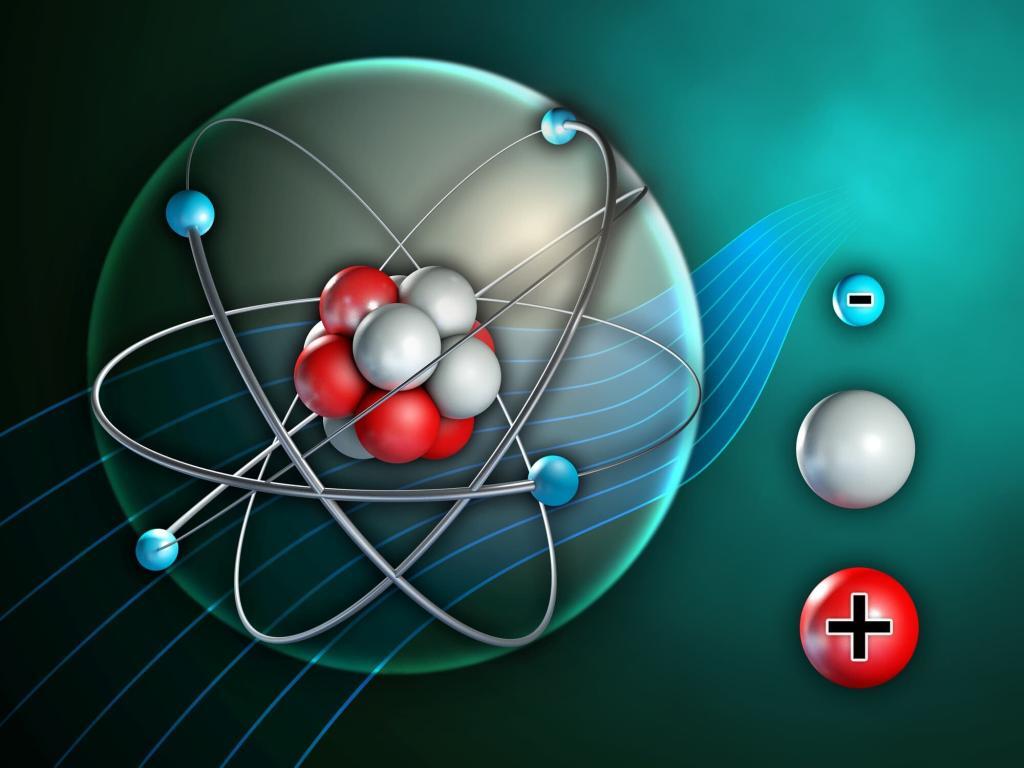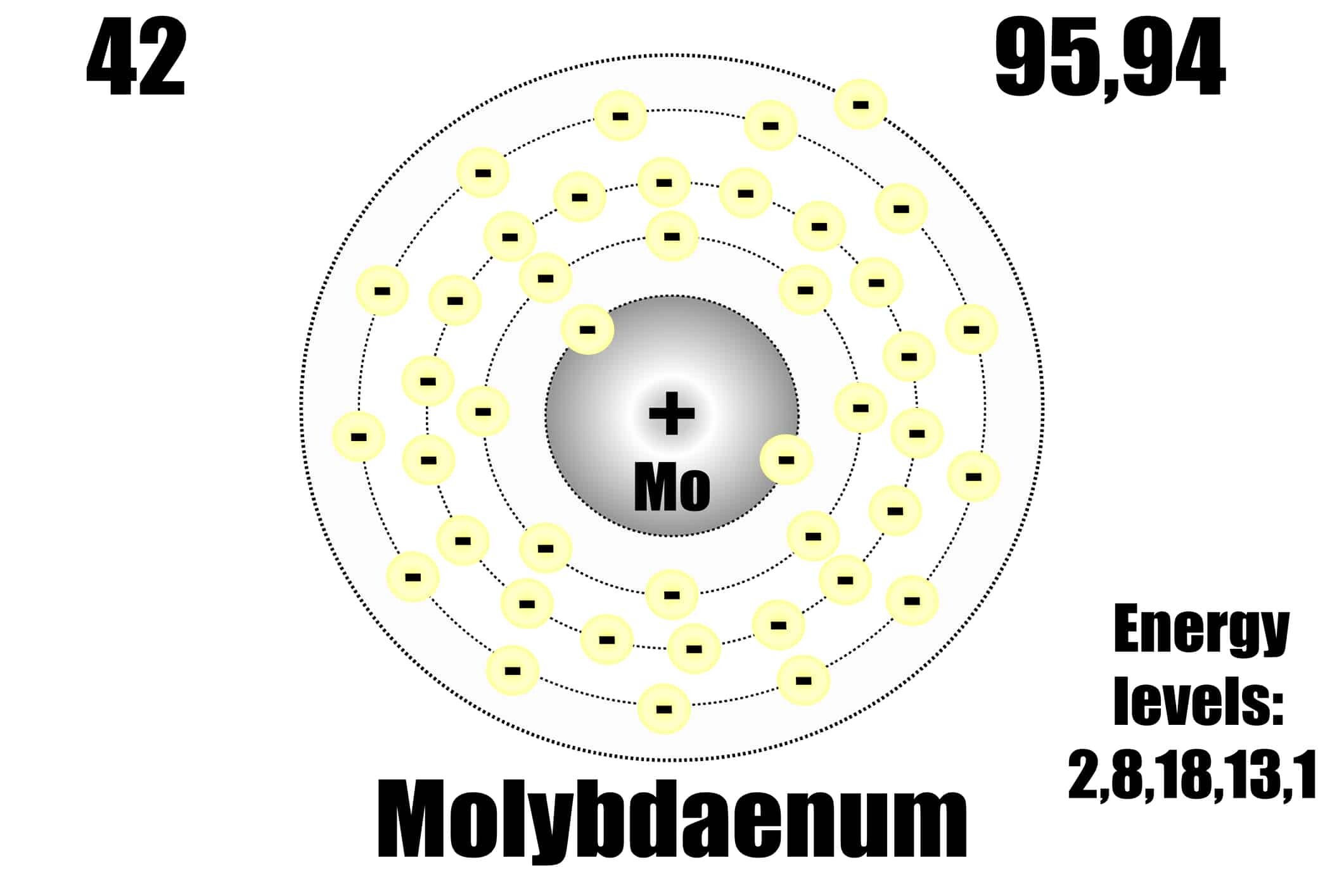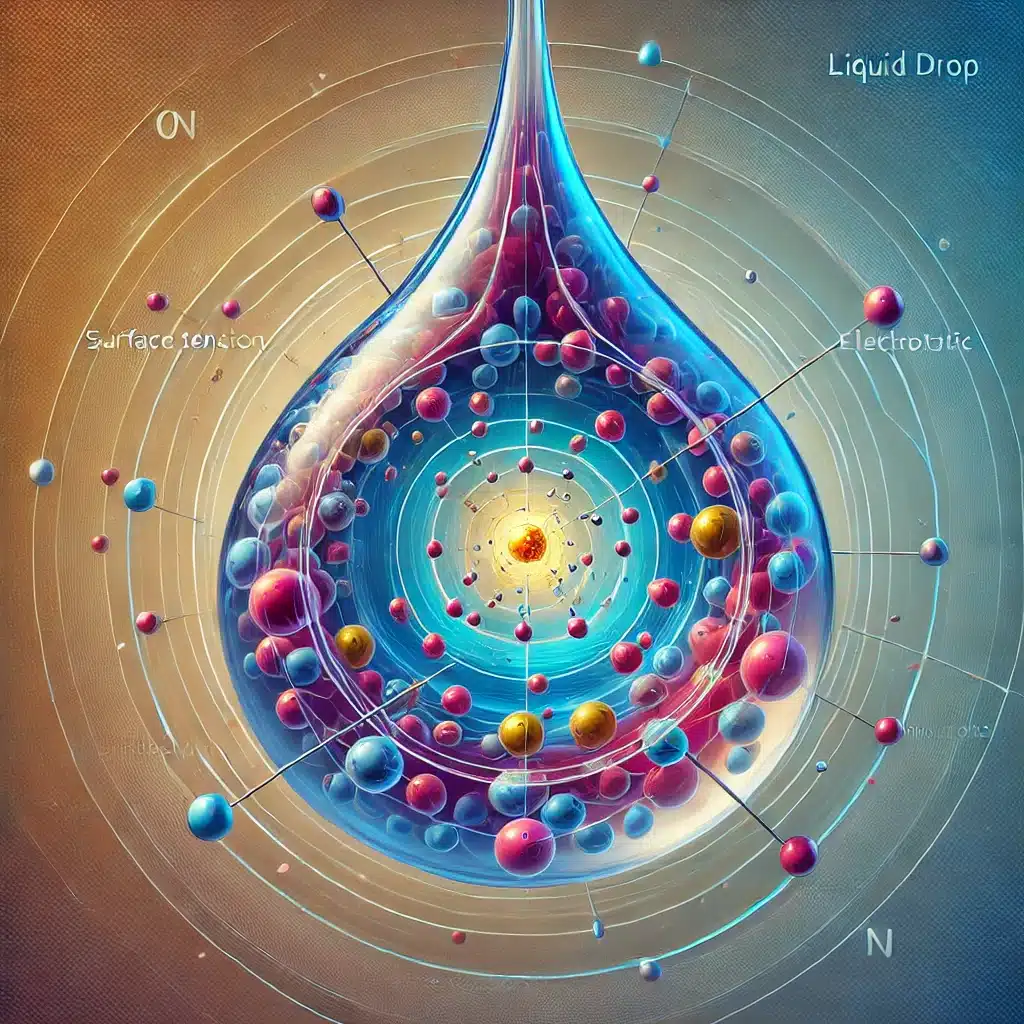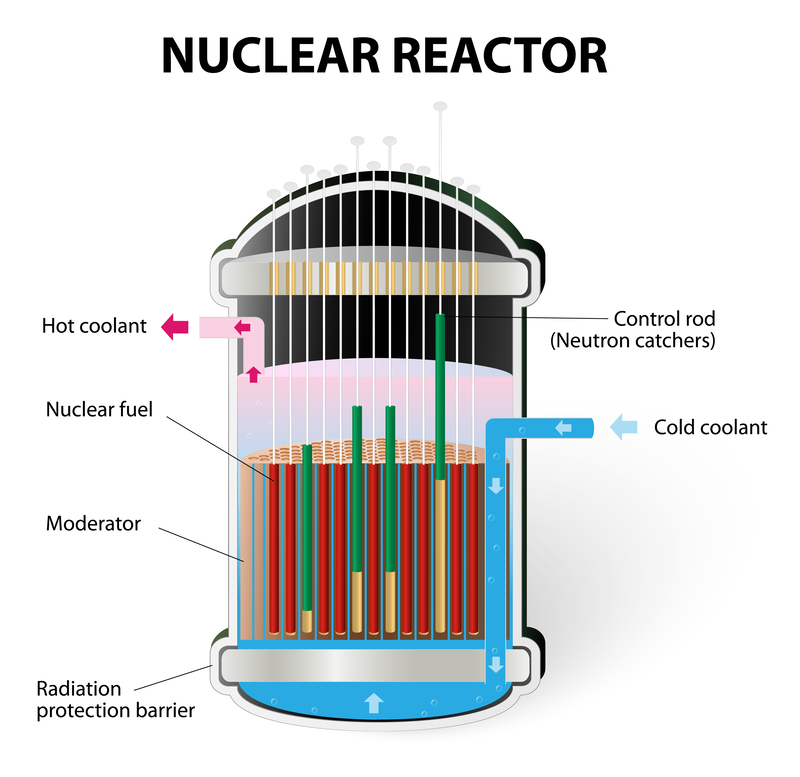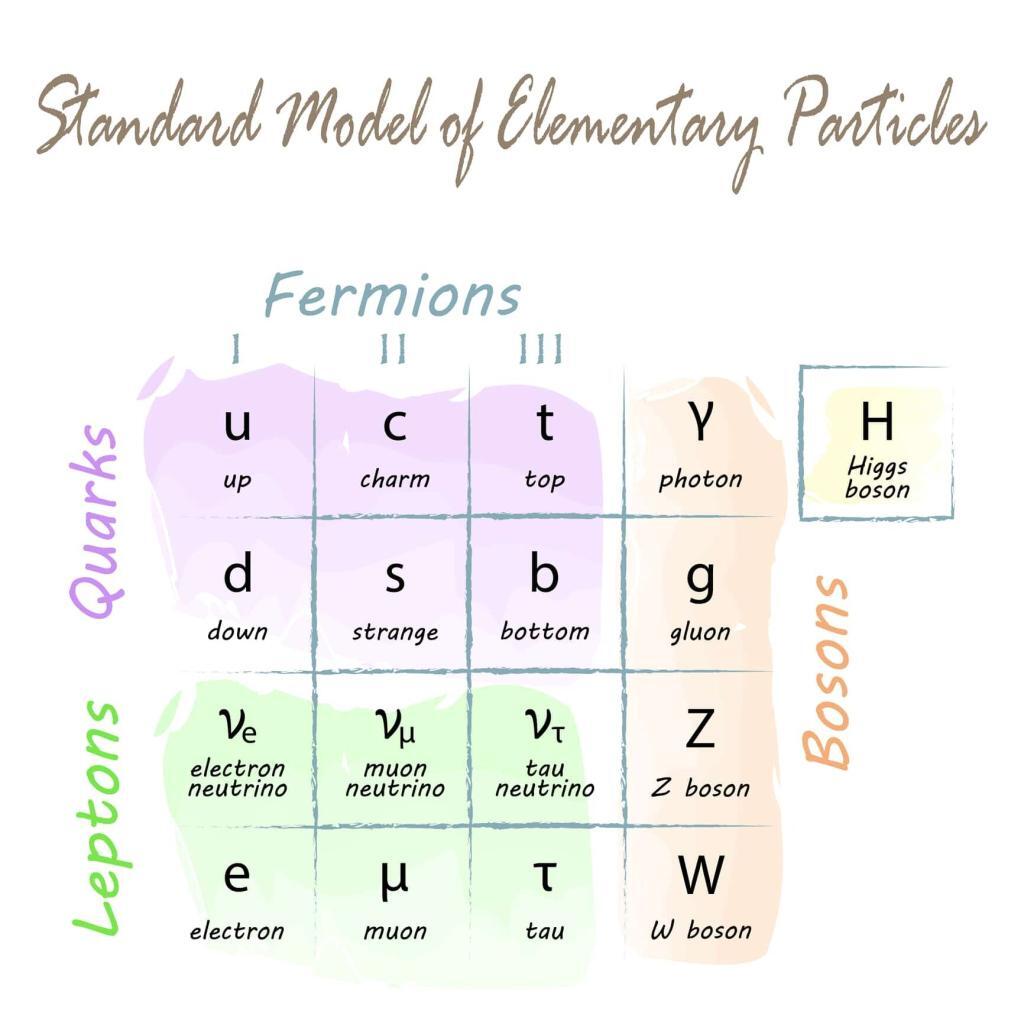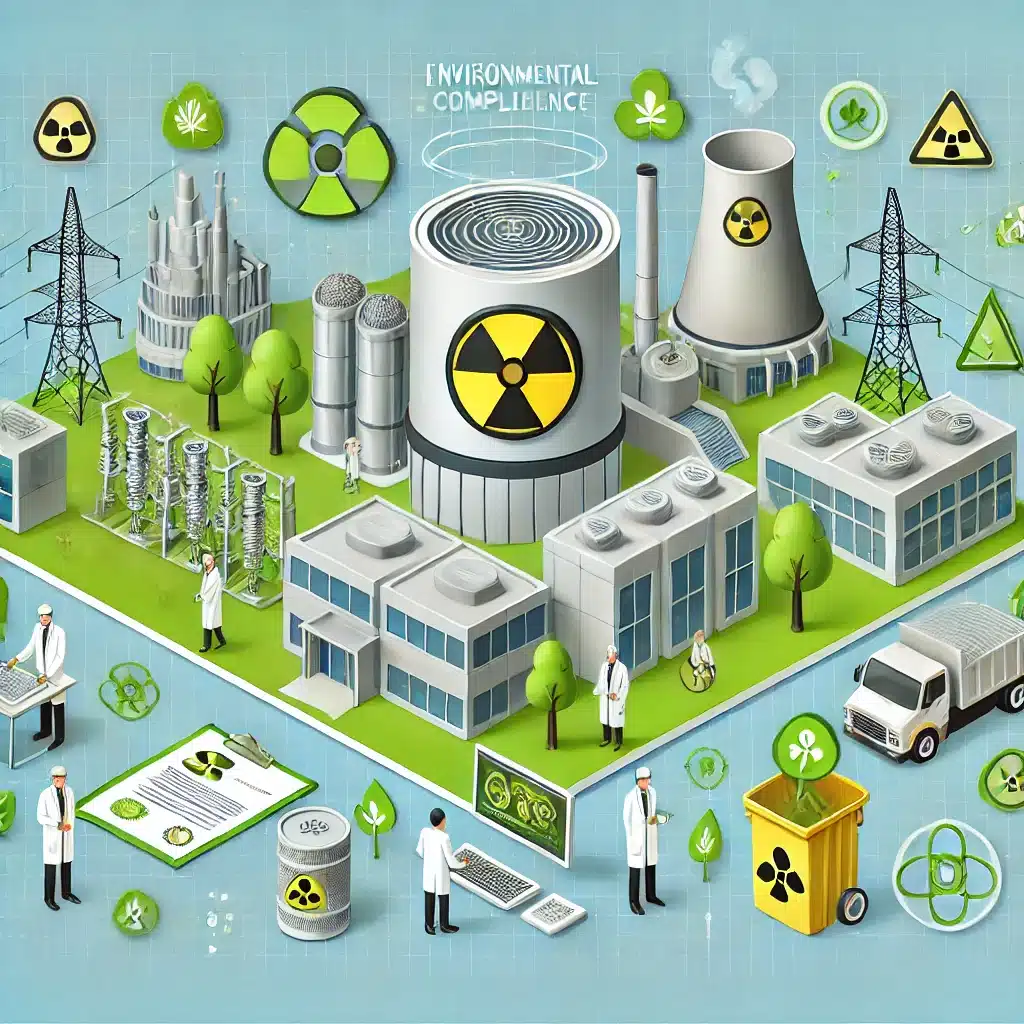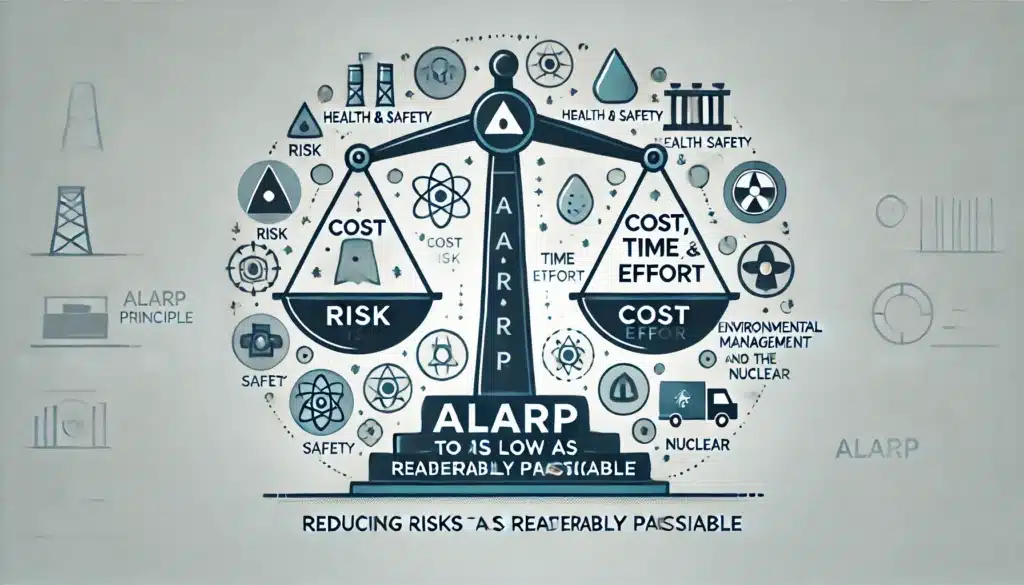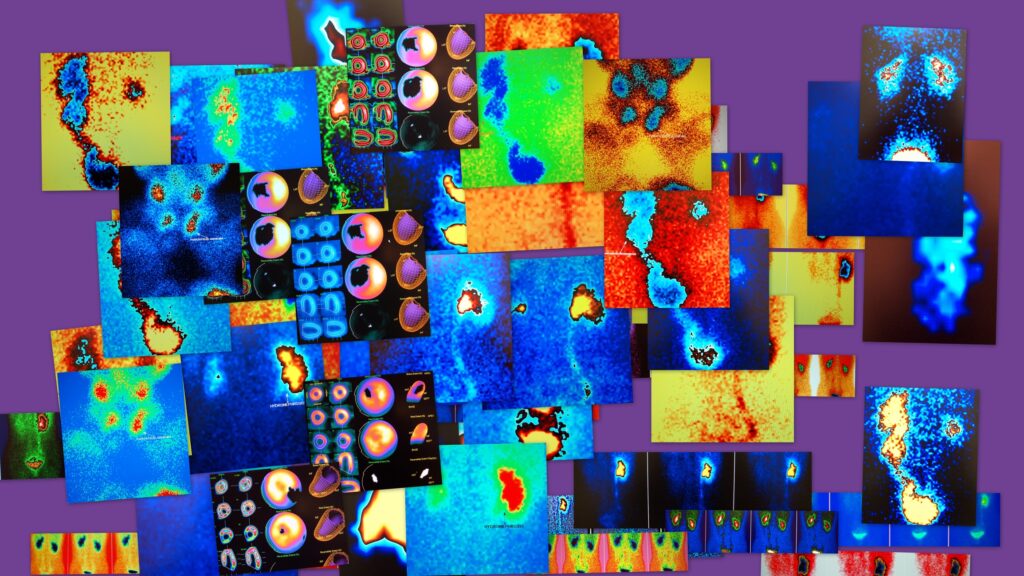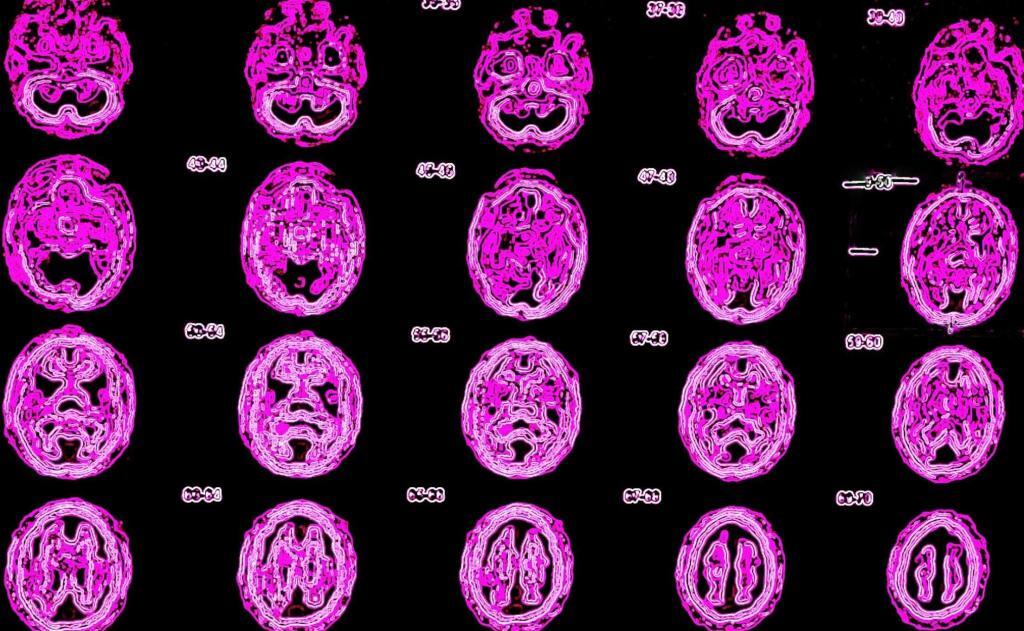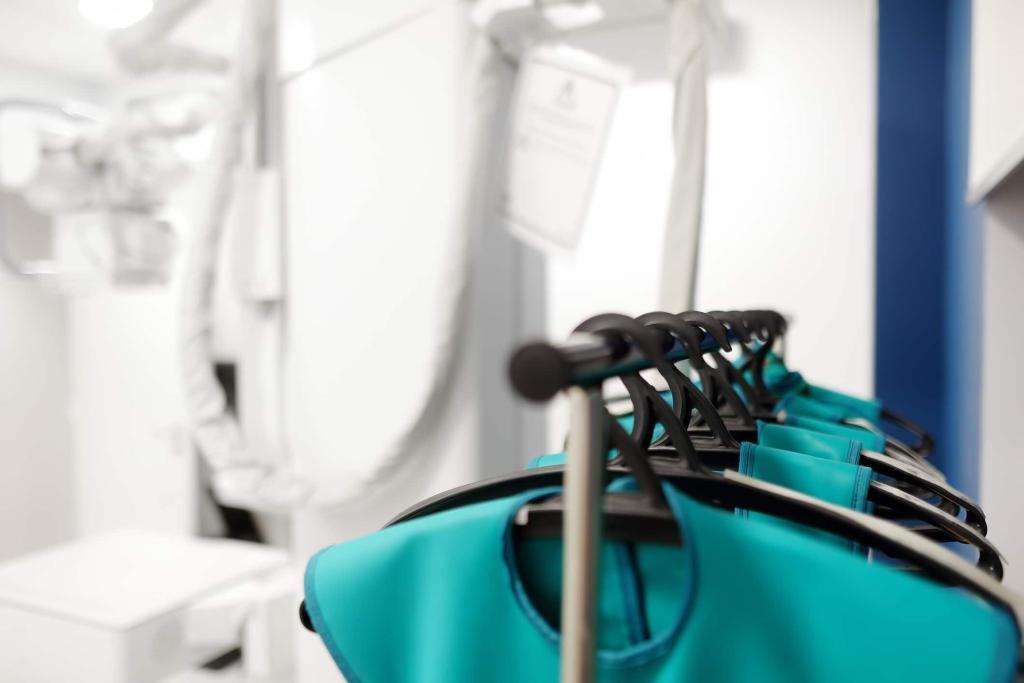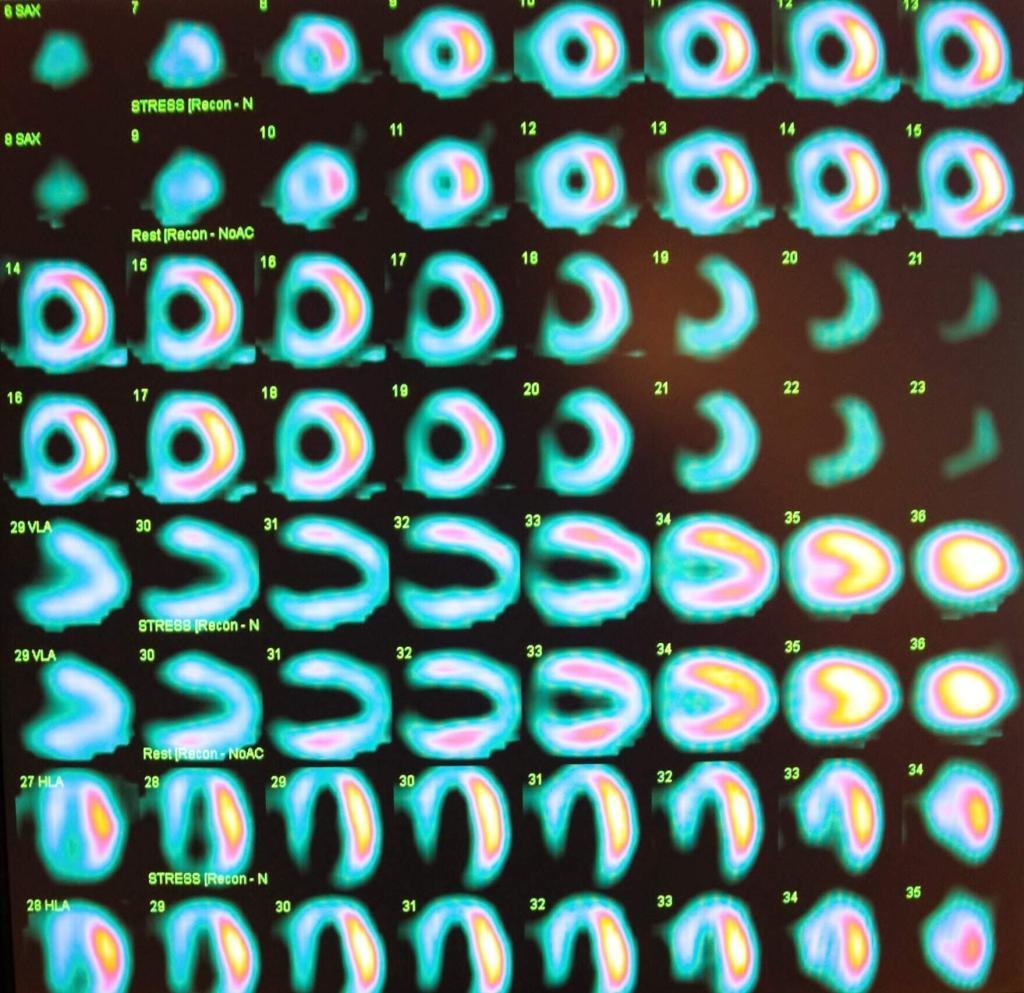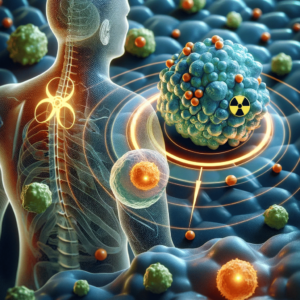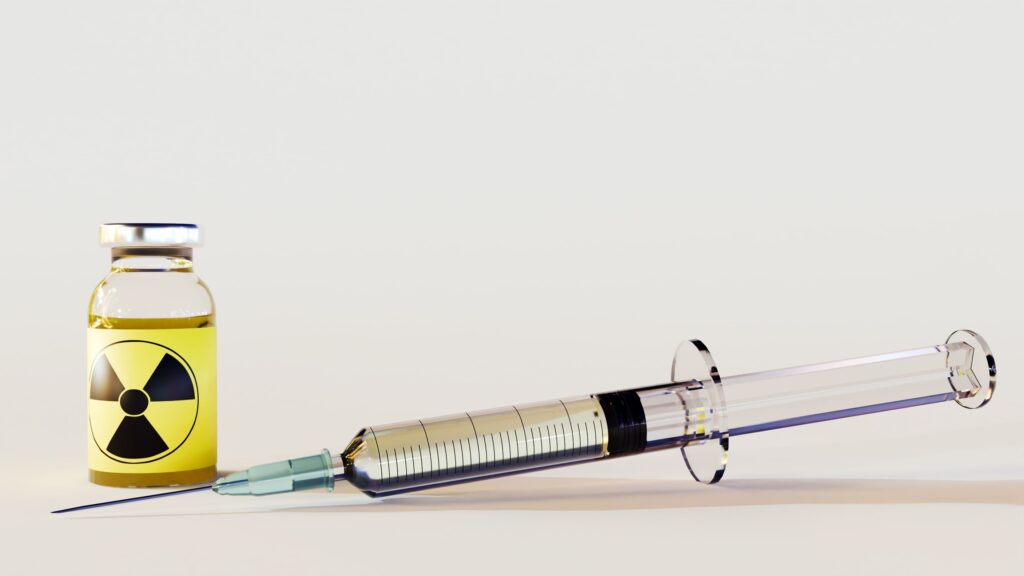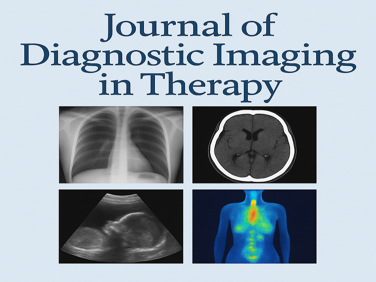Nuclear Medicine
Nuclear medicine is a branch of medical science that utilises small amounts of radioactive materials, known as radioactive substances, to diagnose and treat various diseases. This innovative field has revolutionised how medical practitioners approach diagnosis and therapy, offering new insights into the molecular and functional processes within the human body. Nuclear medicine procedures are non-invasive and generally painless, providing valuable information that cannot be obtained through other diagnostic imaging techniques.
One of nuclear medicine’s most significant contributions is its ability to diagnose various diseases and disorders, including cancer, heart disease, and neurological conditions. Nuclear medicine can identify abnormalities at the molecular level by employing radioactive tracers, allowing for early and accurate disease detection. Positron Emission Tomography (PET) and Single-Photon Emission Computed Tomography (SPECT) are two common diagnostic techniques that use radiopharmaceuticals to create detailed images of the body’s internal structures and processes.
For example, in oncology, nuclear medicine has become a crucial tool for determining the extent of cancer and monitoring the effectiveness of treatments. Radiopharmaceuticals can target specific cancer cells, enabling medical professionals to visualise tumour growth and determine if a treatment plan works. Additionally, nuclear medicine can help diagnose heart conditions by examining blood flow, evaluating the function of the heart muscle, and identifying damaged heart tissue.
Nuclear medicine is useful not only for diagnostic purposes but also for therapeutic interventions. For example, targeted radionuclide therapy (TRT) uses radiopharmaceuticals to deliver radiation directly to cancerous cells while minimising damage to surrounding healthy tissue. This targeted approach can be particularly effective in cases where traditional therapies, such as surgery or chemotherapy, are not feasible or have proven ineffective.
One prominent example of TRT is using radioactive iodine (I-131) to treat thyroid cancer. By selectively targeting thyroid cells, I-131 can destroy cancer cells while preserving the surrounding healthy tissue. Another example is lutetium-177 (Lu-177), which is used to treat neuroendocrine tumours, demonstrating promising results in tumour reduction and improved patient survival.
The field of nuclear medicine is constantly evolving, with ongoing research aimed at developing new radiopharmaceuticals and refining imaging techniques. As technological advancements continue, nuclear medicine will likely play an even more significant role in personalised medicine, allowing for tailored treatment plans based on individual patient characteristics.
Furthermore, the fusion of nuclear medicine with other imaging modalities, such as magnetic tomography (MRI) and computed tomography (CT), is expected to enhance diagnostic accuracy and provide a more comprehensive understanding of disease processes. This integration will undoubtedly improve patient care and contribute to better health outcomes.
You are here:
home » nuclear medicine

